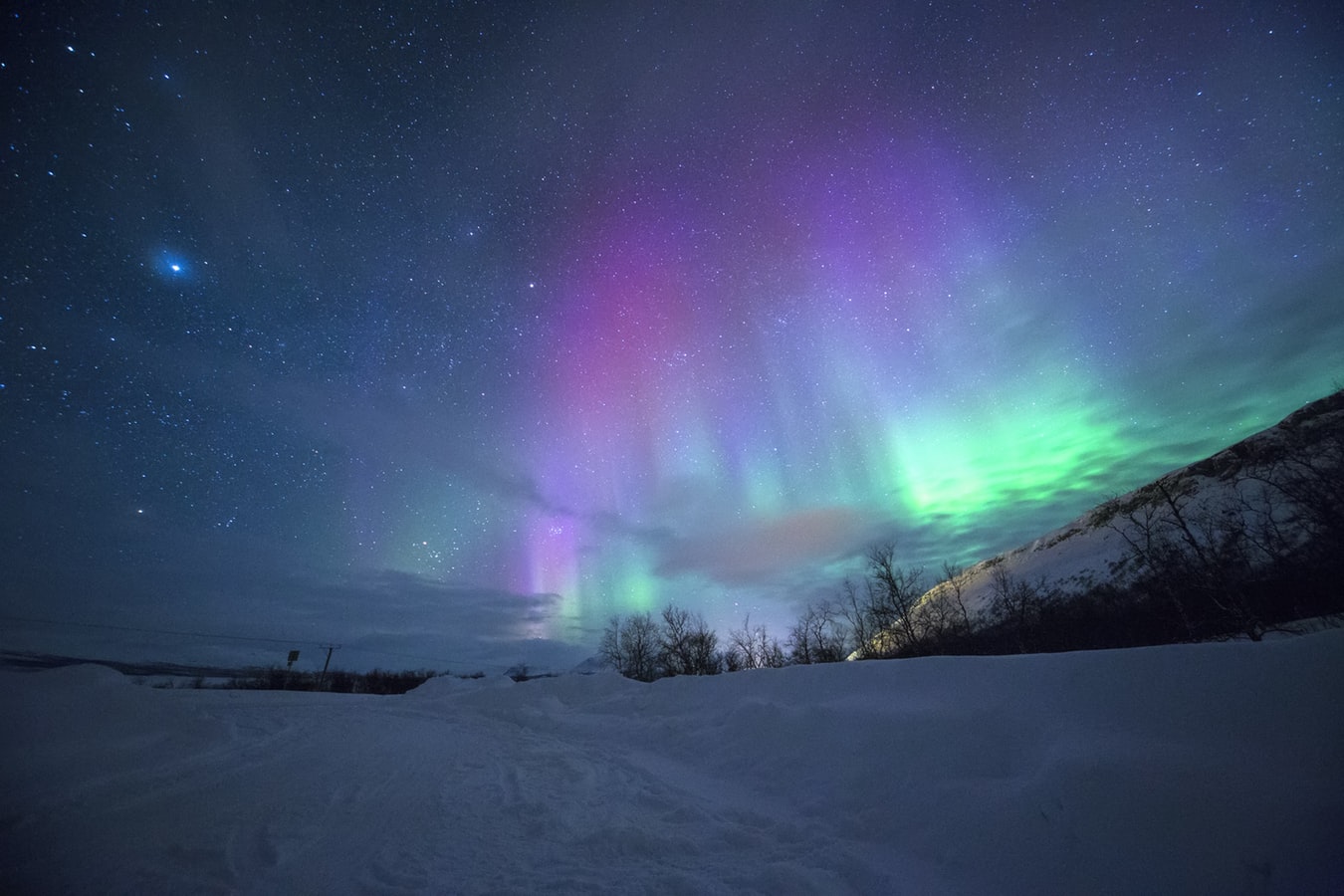Descripción/Description:
The doctoral fellowship programme INPhINIT ”la Caixa” is devoted to attracting talented Early-Stage Researchers of any nationality to pursue their PhD studies in the best Spanish and Portuguese research centres and units with excellence distinction.
Research Project / Research Group Description
Historically the study of the physical properties of minor bodies in our solar system was done doing planned ground-based and space observations.Telescopes likes Hubble, Spitzer, Wise or Herschel were used. Then, most recently, large ground-based and space-based stars and/or galaxies surveys were planned with diverse objectives but were used by the minor bodies community to study the background minor bodies. That means, the telescope was pointing to a field of view to study some galaxy, star cluster or specific star and diverse minor bodies can be identified and studied in that pointing. The first large data release of minor bodies published using this technique was the Sloan Digital Sky Survey (SDSS) Moving Object Catalog. The catalog lists astrometric and photometric data for moving objects observed during the Survey. The advantage of these kind of data is that there are ready to use in the databases where the survey’s team applied the pipeline to extract the data from the observations. Other current examples of this kind of catalogues are: Wise, K2, Tess, Gaia and in a near future the LSST. Another huge source of data are the ground-based observations, where again, are planned with diverse objectives and a minor body can be found in the background. We want to extract the information on these minor bodies that appears on the images that were not planned to observe these bodies. We will use all the databases of minor bodie´s observations from the last 20 years, together with the observations made by our group, and extract as much information as possible. The challenge in analyzing the data lies in the heterogeneity of the data, the different observing conditions, formats, and timing of the data. The project aims to use data analysis tools to interpret the physical properties of these minor bodies observed in such different conditions and times. The developed tools can be used in the analysis of other databases in the future.
Job position description
The candidate needs to have experience with computer science tools and be capable, with the group help, of analyze many Terabytes of images to extract the sources fluxes, shape and position and transform it to astrometry and photometry of the sources, using an existing computing cluster. All the work must be done in automatic way and using parallel computing. The main idea of this proposal is to extract the information from astronomical images from different observatories and refer them to the same standard. The plan is to extract from the images, the position, shape and fluxes of all the sources, stars and minor bodies, to make a registration on variability of the sources. We will make a catalogue of our images and will work on it. Our group has been observing along years and we have a Terabytes of data on astronomical images. Also, will combine this information with the one present in different databases of ground- based and space telescopes like SLOAN, Wise, K2 or Tess. The interpretation of the data for individual bodies and as a population will be done with the help of the working group. The thesis will consist on the implementation of tools to analyze many types of astronomical images, obtained on different telescopes and observing conditions, and extract the information on minor bodies. In summary, the work is to analyze a set of different inhomogeneous databases and solve the problem of cross-matching, and generate a homogeneous database of all asteroids observed either from the ground or from space. On the other hand, combine this information with the one present on existing databases and make the physical interpretation, as individual objects or as minor bodies populations. The creation of such heterogeneous database analysis tools is of great use in many other areas. It will be valued the knowledge in: python (design of graphical user interfaces), source detection on images, machine learning, data science, non-sql databases, Scala language and Spark-Hadoo
